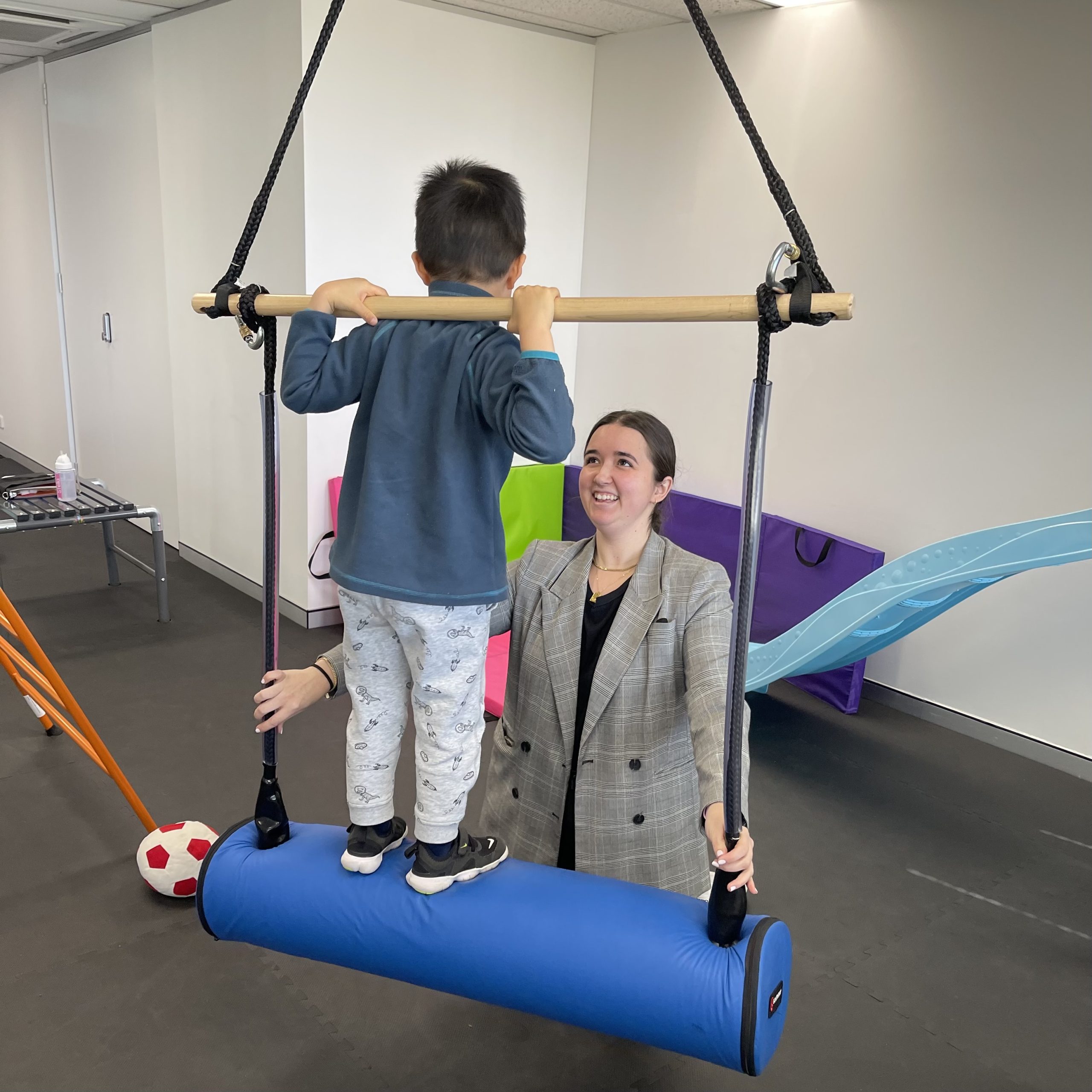
Joint attention is when two people focus on the same thing and are aware that they are both paying attention to it. This could be looking at a toy, a book, or an event happening around them. Joint attention is an important part of communication and social development, especially for young children.
Why Joint Attention Matters
Language Development: When children and adults focus on the same object or event, it creates opportunities for conversation. Adults can label objects, describe actions, and ask questions. This helps children learn new words and understand how to use language.
Social Skills: Joint attention helps children learn how to interact with others. They see how people share experiences, take turns in conversation, and respond to each other’s interests. These skills are crucial for making friends and getting along with others.
Learning About the World: It allows children to learn about their environment. When an adult points out and names objects, children learn what things are and how they work. This shared focus helps them understand more about the world around them.
Building Relationships: When parents and children share attention, it strengthens their bond. It shows the child that the adult is interested in what they are interested in. This can make the child feel valued and connected.
How Joint Attention Develops
Infancy: It starts early. Infants begin to follow where others look or point. For example, if a parent points to a toy, the baby might look at the toy too.
Toddler Years: As children grow, they get better at initiating joint attention. They might point to a dog and look at their parent to see if they notice it too. This back-and-forth interaction helps them learn more complex communication skills.
Preschool Age: By preschool age, children use joint attention more often and in more sophisticated ways. They might share a book with a friend, taking turns pointing to pictures and talking about them.
Encouraging Joint Attention
Follow the Child’s Lead: Pay attention to what your child is interested in. If they are looking at a toy, join in and talk about it.
Use Gestures: Pointing and showing objects helps direct your child’s attention. This can be more effective than just using words.
Make Eye Contact: Look at your child and make sure they are looking at you when you are trying to share attention. This helps them understand that you are both focused on the same thing.
Talk About What You See: Describe objects and actions. Ask questions and encourage your child to respond. This keeps the interaction going and builds language skills.
Conclusion
Joint attention is a key part of early development. It helps children learn language, social skills, and about their environment. By engaging in joint attention, parents and caregivers can support their child’s growth and strengthen their relationship. Simple actions like pointing, talking, and sharing focus can make a big difference in a child’s development.
How Do We Teach It?
The ESDM is a key part of our intervention for young children with autism. Joint attention is an integral part of the ESDM. It is part of every step of every activity.
We’re here to support you
At OneOnOne Children’s Therapy, we believe that every child deserves the opportunity to grow and thrive.
Our clinics are not just a space for therapy – it’s a place where children can discover their strengths, overcome challenges, and reach their full potential.
By combining innovative therapy techniques with a stimulating and supportive environment, we’re proud to offer a holistic approach to paediatric therapy and early intervention that addresses the unique needs of each child we support.
Reach out for support
If you’re concerned about your toddler’s development or want to learn more about how joint attention skills can help your child, OneOnOne Children’s Therapy is here to help. We have clinics in Bondi Junction and Mascot – in Sydney’s Eastern suburbs.
Call us on (02) 80657837 or email to discuss how we can support your child’s unique journey.
